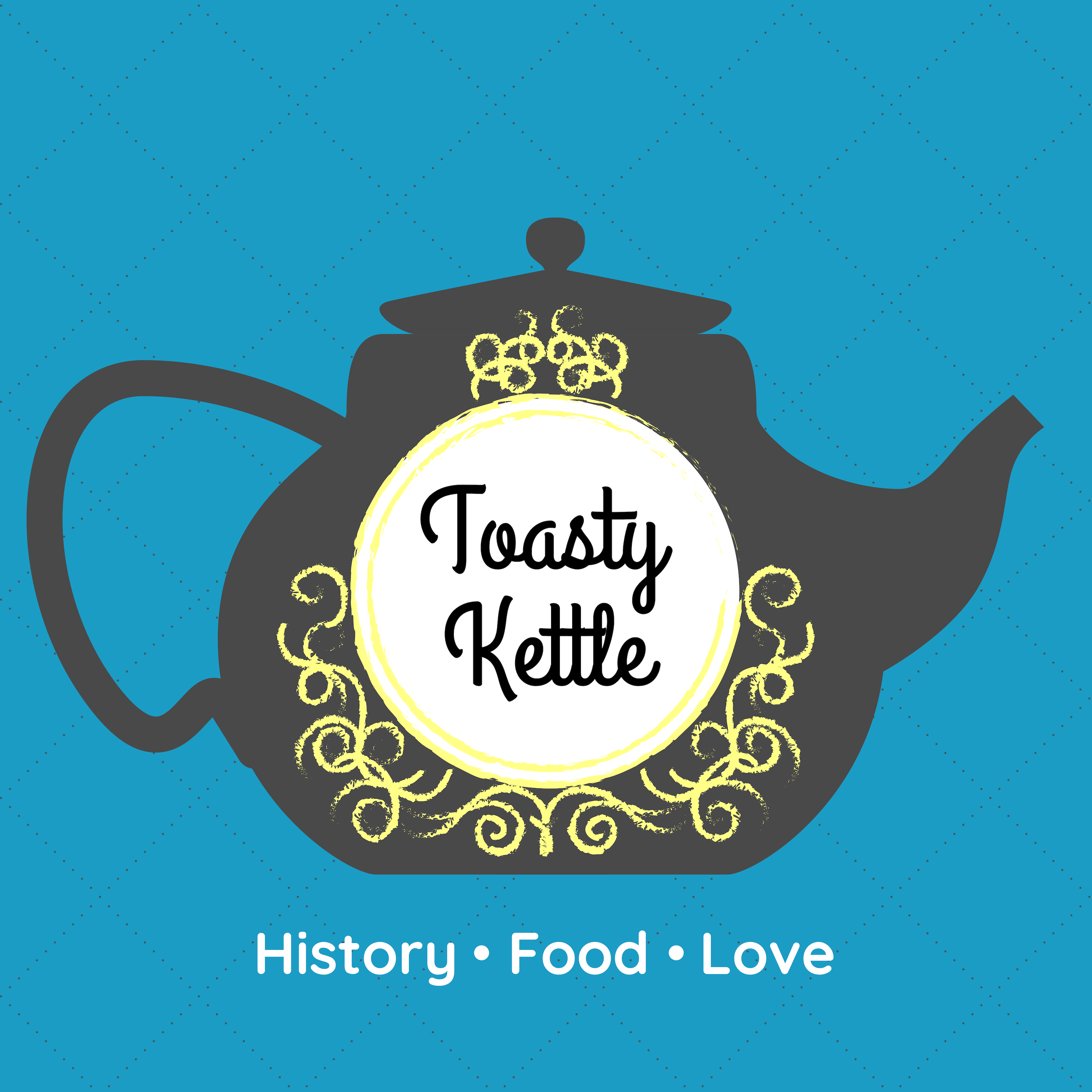What Are Pancakes Made of: The History of A Breakfast Classic

b'
\\n
\\n
\\n
\\n
\\nWhat are pancakes made of? We\\u2019ve all been there before. Sitting in front of a stack of warm, sticky, fluffy pancakes. The ingredients are simple, but have we really stopped to ask, \\u201cwhat are pancakes made of?\\u201d Of course, we know they contain flour, milk, butter, salt and more. On today\\u2019s episode I\\u2019m going to go into the history that has made pancakes what they are today.
\\n
\\n
\\n
\\nMy Favorite Buttermilk Pancake Recipe
\\n
\\n
\\n
\\nIn my quest for cooking vintage recipes, my grandma sent me a cookbook from the 60\\u2019s she had laying around. Inside the cookbook was a recipe for buttermilk pancakes that is quickly becoming legendary in my family. My son can\\u2019t get enough of these pancakes. They are light, fluffy and super tender. You can read more about my comparison between cornmeal griddle pancakes and buttermilk pancakes here.
\\n
\\n
\\n
\\nHistorical Roots on The Modern Day Pancake
\\n
\\n
\\n
\\nPancakes have been around in some form for a long long time. Scientists have been studying 30,000 year old grinding tools. They believe that cooks in the Stone Age were grinding cattails and ferns to make flour. Researchers believe that this was mixed with water and cooked on a hot greased rock. Naturally this is a mile away from the sophisticated crepes and pancakes we enjoy today. However, the principle is the same.
\\n
\\n
\\n
\\nHave you ever heard of Otzi the iceman? His remains were discovered in the Italian Alps in 1991. The contents of his stomach provide a wealth of knowledge of what was eaten 5,300 years ago. The found deer meat and goat. They also discovered ground wheat and bits of charcoal. That suggests the wheat was made in the form of a cake and cooked over a fire.
\\n
\\n
\\n
\\nStone Age assumptions are great, but what about references to pancakes in writing? For that we can turn to Ancient Greece. The 5th Century poets, Cratinus and Magnes spoke about Tagenites in their writings. Tagenites were made from wheat flour, olive oil, honey and curdled milk. They ate these as breakfast foods. That doesn\\u2019t sound far off from a solid buttermilk pancake we might eat today.
\\n
\\n
\\n
\\nThe earliest reference to pancakes in English came about in the 15th century. So these things have been around for a long long time. Pancakes in this time period were often eaten on Shrove Tuesday. It was also a great way to use up eggs, milk and animal fat before Lent when meat was forbidden. I’ll talk more about that later.
\\n
\\n
\\n
\\nPancakes Make Their Way to America
\\n
\\n
\\n
\\nAmerican Cookery was published in 1796. It is widely believed to be the first all-American cookbook. It contains two recipes for pancakes. The first for a Johny Cake or Hoe Cake. This called for milk, cornmeal and molasses. The other was for an Indian Slapjack which calls for eggs and omits the molasses. I posted a recipe for cornmeal griddle cakes that sound a lot like a blend between those two. It calls for eggs, molasses, cornmeal, molasses and baking powder. It is an interesting flavor and texture.\\xa0
\\n
\\n
\\n
\\nDifferent Pancake Variations
\\n
\\n
\\n
\\nNaturally when most people think of pancakes, they have that iconic image in their mind of a steaming stack of carbs with a thick pat of butter and oozing with sticky sweet syrup. Remember, pancakes have been around for a long long time. Because of this, there are numerous variations throughout the world.
\\n
\\n
\\n
\\nOf course, no podcast on pancakes would be complete without addressing crepes. Crepes are big throughout much of Europe. When they think pancake, they think crepe. These are thin pancakes made from flour milk and eggs. When I think of crepes I think of a sweet variety with berrie...'